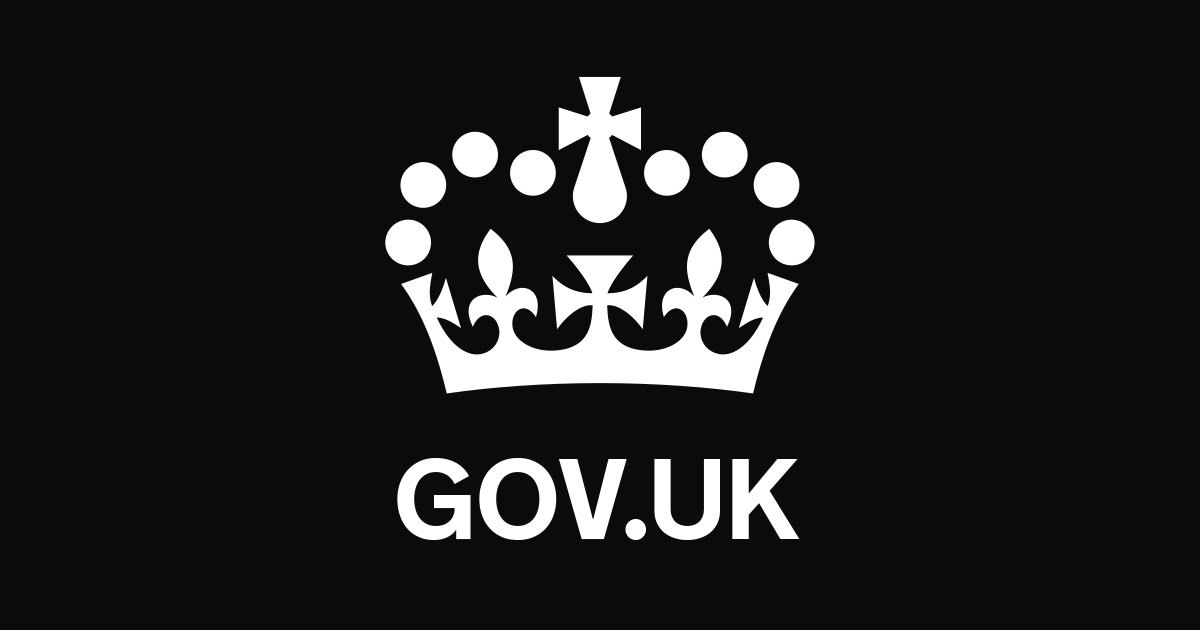A question from a non-Brit:
Are there signals or other indicators of some type to inform the driver of a train about the state of an upcoming level crossing?
I don't recall having ever stumbled across such a signal, in the UK at least. Maybe my memory is just bad or maybe you don't have them. In Denmark, where I live, we have two different signals for the purpose.
Just to be clear, we have the following types of level crossings:
- Automatic Half Barrier Crossing (AHBC)
- Automatic Barrier Crossing Locally Monitored (ABCL)
- Automatic Full Barrier Crossing Locally Monitored (AFBCL)
- Automatic Open Crossing Locally Monitored (AOCL)
- Automatic Open Crossing Locally Monitored plus Barriers (AOCL+B)
- Automatic Open Crossing Remotely Monitored (AOCR)
- Miniature Stop Light Crossing (MSL)
- Manually Controlled Barriers (MCB) including MCB controlled remotely and monitored by CCTV (MCB-CCTV)
- Traincrew Operated Barriers (TOB)
- Manned Gates (MG)
- On Call Barriers (OCB)
- EBI Gate 200 Level Crossing System (a type of MSL crossing)
- VAMOS Level Crossing System (a type of MSL crossing)
- Flex Level Crossing system
- User Worked Crossing (UWC)
- Open Crossing (OC)
Manually (MCB) or remotely (MCB-CCTV) controlled crossings are interlocked with protecting
signals that can only be cleared when the crossing barriers are proved down and the signaller has operated a control to confirm that the crossing is clear. These protecting signals are the normal signals used for controlling trains and no separate crossing signals are provided.
Gated crossings (MG) can be mechanically or electrically interlocked with protecting signals and are similar to the above crossings. Although the amount of interlocking varies depending on the age of the design.
Automatic half barrier crossings are not normally protected by signals but in some cases may have signal controls. In most cases the signals on the approach to an automatic crossing will be showing a proceed aspect with the barriers still raised.
Automatic barrier or open crossings that are locally monitored do not have indications going to a monitoring signal box. A DWL signal gives indication to the driver that the crossing is operating and that they may proceed if the crossing is clear. These are the only crossings where there is a special crossing signal (DWL) provided for use by the train driver (traincrew).
Traincrew Operated Barriers (TOB) are crossings where all trains must stop. The train driver (traincrew) must operate the crossing controls to start the crossing sequence. They then get a flashing proceed light from a special signal. After the train passes the crossing, the barriers will automatically raise and the red road lights will extinguish. At a suitable distance away from the crossing, some have special BU signals, BU standing for Barriers Up.
Crossing on footpaths or occupation (private access) roads are usually gated or open and have protection dependant on the usage and the sighting of trains (signs, telephones, MSL).


